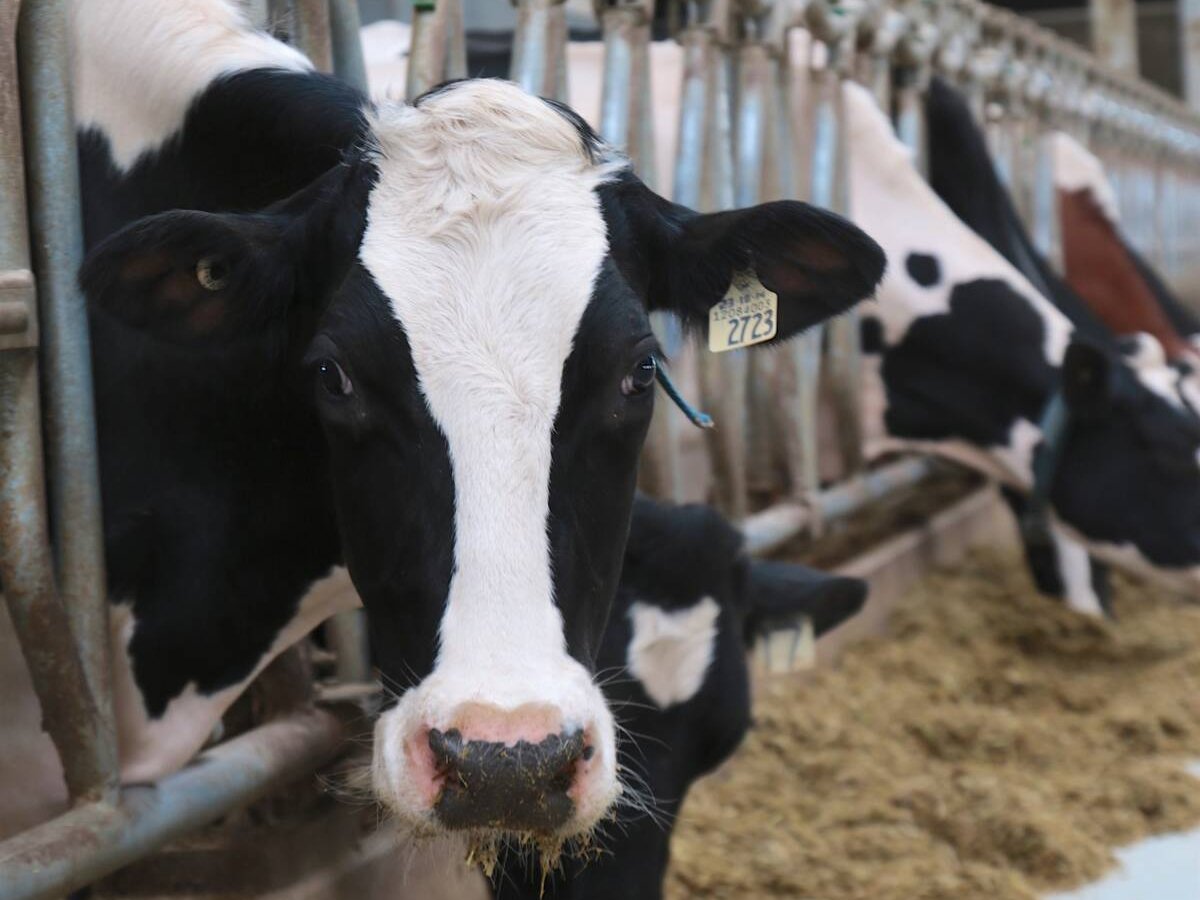Oats treated with Headline fungicide can now be exported to the United States.
The U.S. Department of Agriculture has approved the use of the fungicide, BASF announced May 6. This is good news for Canadian oat growers, BASF Canada said in a release, because producers can now protect their oat crop without worrying about export limitations.
“With the U.S. registration, Canadian oat growers can confidently export their Headline-treated oats to the U.S.,” says Wayne Barton, brand manager for fungicides for the company.
Although the U.S. approval is welcome news, it doesn’t affect all producers, said Prairie Oat Growers Association president Bill Wilton.
Read Also

The Organization for Economic Co-operation and Development lauds Canada’s low farm subsidies, criticizes supply management
The Organization for Economic Co-operation and Development lauded Canada’s low farm subsidies, criticized supply management in its global survey of farm support programs.
“There are those who will spray a fungicide if they think it’s needed. And there are others who do it automatically,” said Wilton, who farms south of Winnipeg. “I guess it’s (the approval) good in the sense that it will add competition to the market.”
Fungicides can prevent rust in oat crops, Wilton said. Rust is not a problem every year but if it does occur, it can reduce yields by 25 percent.
“A lot of producers will look at it as good insurance,” he said.
Fungicide application of oats is more common in the eastern Prairies, Wilton said, but rust may eventually become a problem in western Saskatchewan and Alberta.
“The rust area, quite frankly, is creeping slowly westward,” he said.
Spores that blow in from the southern U.S. are the cause of crown rust (Puccinia coronata) on the Canadian Prairies.















